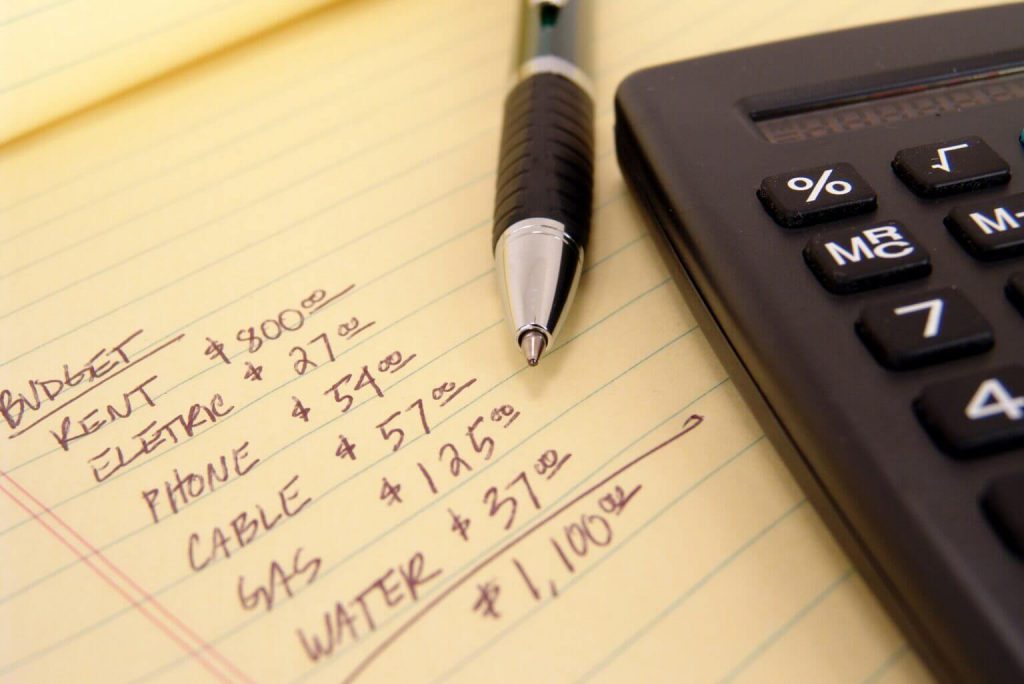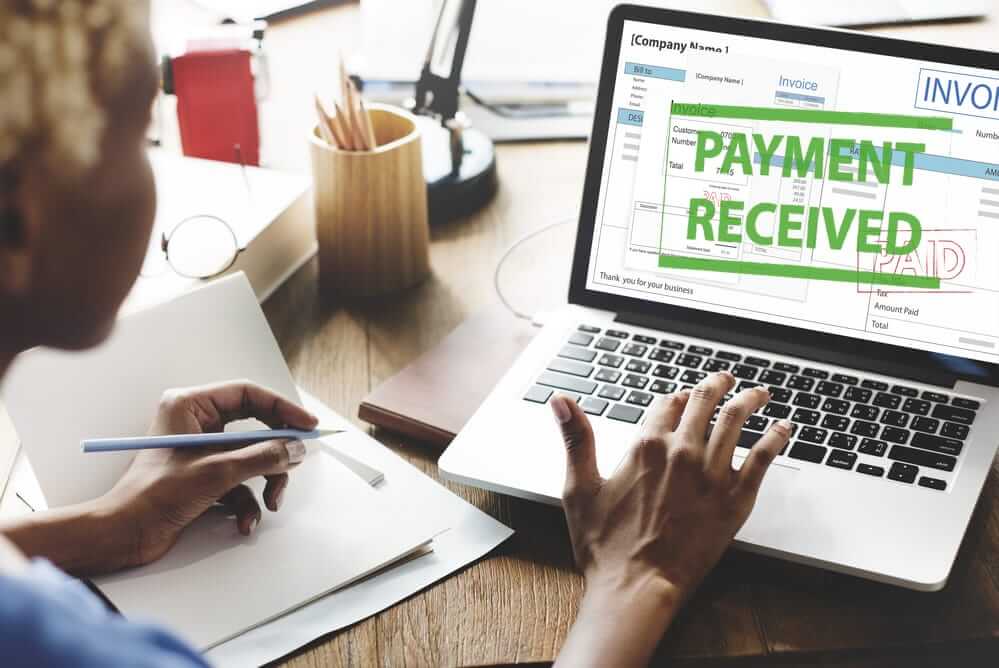Setting up a Small Business from Home we’ve got you covered.
Are you fed up with working for somebody else in your 9 to 5 job? Are you thinking of setting up your own business? If you’re ready to take this big step, but you’re still unsure about how and where to start – we’ve got you covered. In this article, we will take you step-by-step in setting up your business from home.
Our experience at EasyInvoice is based on setting up and running several successful start-ups. But we must admit that we’ve learned our lessons the hard way. Let us share our lessons with you.
It doesn’t matter if you’re trying to be the next social media giant, open an excellent bookshop, or sell the best pizza in town; business fundamentals are the same.
Everything starts with a Business Plan
A business plan is a written document with your business goals, the methods in which you will achieve them, and the time frame within which these goals need to be achieved. Later on, you have to show your business plan to the bank or an investor. You need to tell them about your idea and why you expect it to be successful. Creating a business plan will help you sell your idea and crystallize your own thoughts about the new business.
Your business plan should include the following:
- A mission statement. What is the essence of your idea, what you bring to the market, and why you expect to succeed.
- A set of pro-forma financial statements (P&L. Balance Sheet, Cash Flow).
- The industry and your marketing plan.
- You and your team.
If you’re new to the topic of setting up your business and you’re wondering what terms, such as P&L or Business Sheet mean, we’ve prepared this glossary of terms for you:
- P&L – The profit and loss statement is a financial statement that summarizes the revenues, costs, and expenses during a specified period of time.
- Balance sheet – A financial statement that gives an overview of what a company owns and owes, as well as the amount invested by shareholders.
- Cash flow – The net amount of cash and cash-equivalents that go into and out of a business.
How to succeed as a new business
Statistics show that 20% of new businesses fail in the first year. Don’t be one of them. The one-page business plan template below is a great starting point. It’s an exploratory process where you can analyze your industry, target market, and potential opportunities. You can add your company logo and branding to the document and make it more personalized to your business.
Download your one-page business plan template or choose from nine business templates to help get you off the ground. Here are some other tips on how to help your business succeed:
Make your home ready for business
You will need a defined space to work, away from noise and confusion (i.e. children). What you need to do to set up depends on your type of business, where you work, and whether you take people on to help. Likely this will include a filing cabinet, desk, phone, and computer.
Health and safety
If you work from home on your laptop, this won’t need too much thought. However, if you’re expecting customers to visit you at your premises or you’re going to prepare food, health and safety checks will be vital.
Insurance
You need to tell your house insurance company about the business. This may mean a whole new policy or just amending your existing coverage. A tailored home business insurance policy is quick and easy to set up and keeps you covered. Employers’ liability insurance is almost always a legal requirement if you employ anybody as part of your home business. If you are in the UK, you can Learn more about EL from GOV.UK and check if your insurer is authorized.
Mortgage
Starting a business shouldn’t mean any change to your mortgage repayments, but the government guidance advises you to let your mortgage provider know if your home will accommodate a business.
Establish a business address
If you operate in the B2B space, potential clients may be wary of dealing with a service provider who doesn’t have a professional business address. Equally, if you’re a tenant in your current home, you might not be able to register your business at the address.
Register your business
You’ll need to decide which type of business suits your needs: self-employed, partnership or limited company. Each has its specific process to follow, and if you are in the UK, you can find them all at GOV.UK. You might want to consider signing up for a virtual office space. Even if you’re free to register your business at your home, using a virtual office address can save you the hassle of updating your details every time you move or when your venture gets too big for your backroom.
Trademarks and patents
Firstly, you have to ensure that you own or have the right to all the intellectual property (IPR) needed for the business. Do not employ someone else’s ideas or written words in your work product. IPR law is complex and can be cause nasty and expensive legal problems. You must investigate to make sure that you can use the Brand Names you operate under in the business. Secondly, ensure that your intellectual property is protected: even your business and brand names must be guarded.
Setting up finances
We don’t recommend using your own bank account for company business. It will drive your accountant crazy and may give you big problems at tax time. Don’t blur the line between personal and business expenses; this can only cause future headaches.
Grants
Governments at all levels claim they are there to support small businesses. Try and find out if you qualify at local, regional or national levels; you never know!
VAT (or GST, or HST): As your business grows you may reach the threshold to register for VAT (or GST, or HST). This threshold varies by country; in the UK it is £85,000, but the other countries are usually much less. This means you can recover the VAT you pay on business purchases and charge VAT on your sales. Once you’ve mastered calculating VAT quickly and accurately, for the UK, you can find out how to easily register for VAT.
These ideas are to help get you going. There’s so much more to learn and get excited about for your small business. Legalities, marketing, finance, and HR – you need to figure them out to survive and thrive.
Additional Tips
Before you set up your business, get familiar with our tips:
- Don’t mix personal finances with business. If circumstances force you to use your personal credit card, make a note of it and pay it back from the business ASAP.
- Join local Trade Associations, Chamber of Commerce, Rotary, perhaps the Masons. Introduce your self to the local MP and his opposition equivalent.
- If you are VAT registered, put the number on your invoices to show that yours is a serious business.
- Keep a close watch on your cash flow – see our Blog.
- Think carefully before you claim part of your house to save on taxes. Problems can arise with the taxman when the time comes for you to sell the property.
Summary
Taking the first step on the high wire can be scary up there because you are on your own. On the one hand, nobody is telling you what to do. On the other hand, nobody is there to tell you what to do when things go wrong, or you don’t know which way to turn. However, we hope that our tips will help you set up and run your business smoothly.









 Yes, we use
Yes, we use